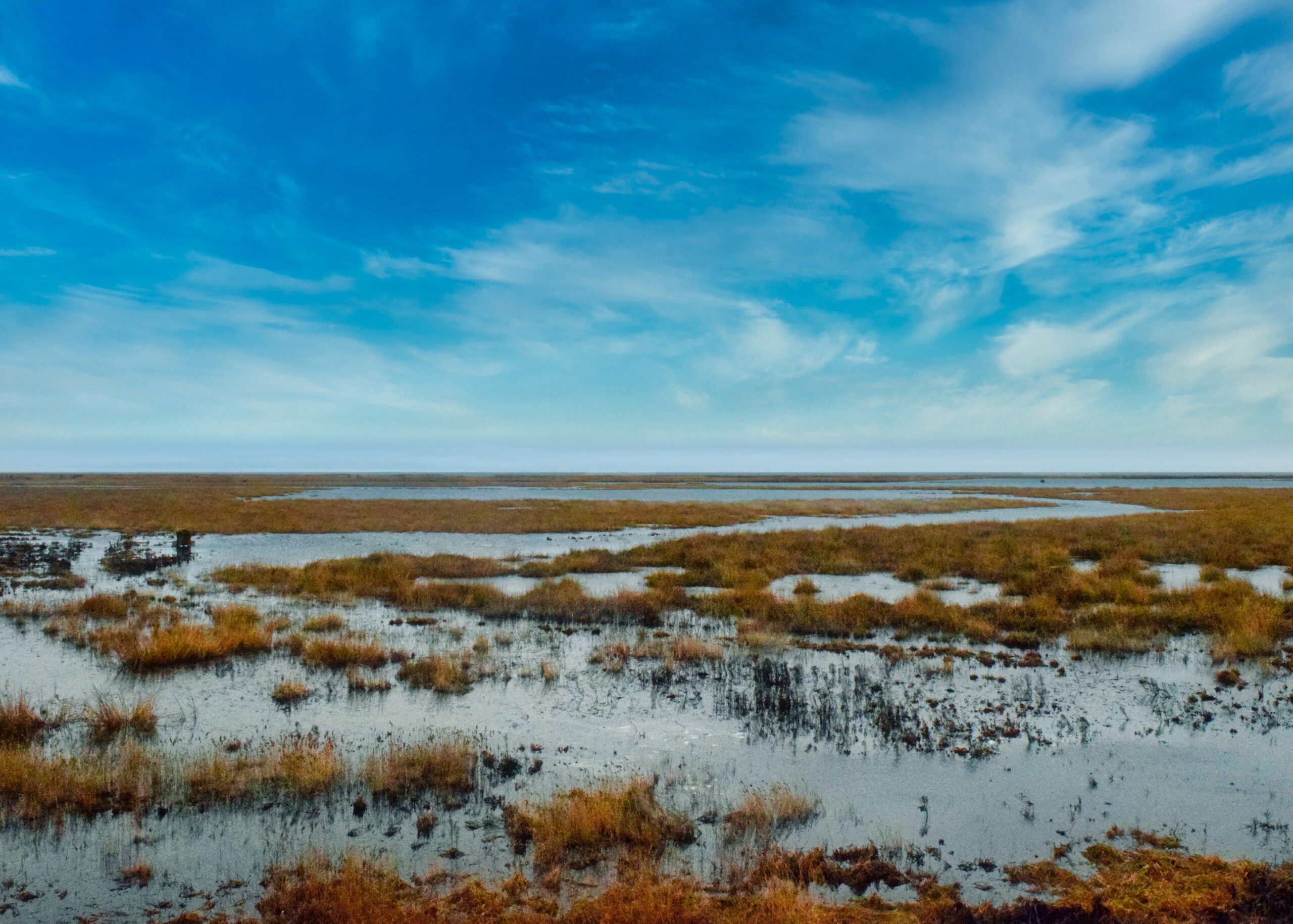Industries
unique problems require unique solutions
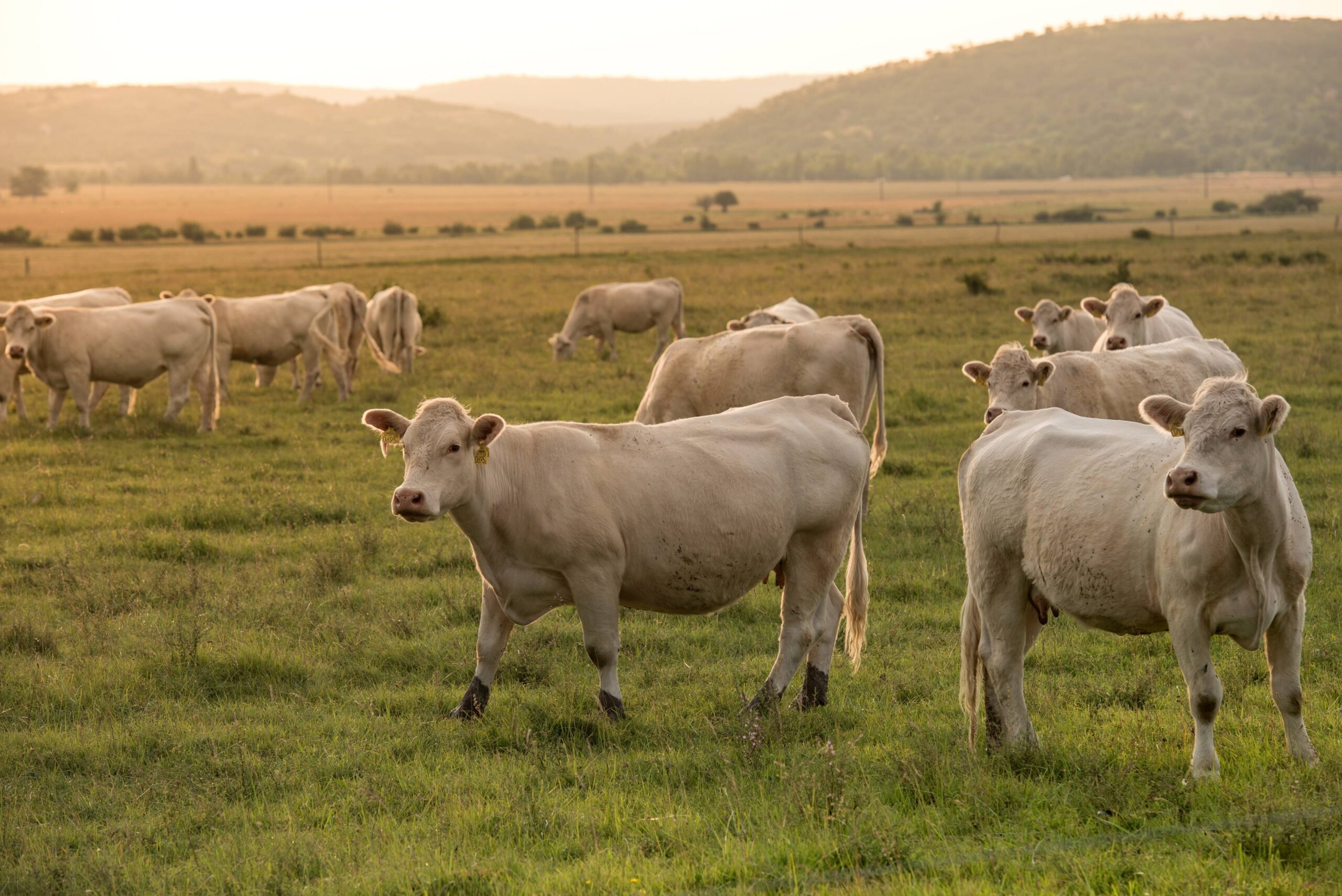
Agribusiness
Worldwide, agriculture accounts for 70 percent of human freshwater consumption. [1] In crop production, the use of fertilizers and pesticides in conjunction with soil erosion can lead to high levels of nitrogen and phosphorus transferring to our dams or water systems.
Quality water also plays an extremely vital role for Dairies, with cows being extremely sensitive to water quality [2]. Water quality problems may occur in line with poor environmental management, septic tank management , milk house waste and drainage, or even from the runoff mentioned above escaping into surface water.
Healthy dams, water supplies and rivers allow us secure our food production both now and into the future. UAT supplies a range of products to:
- Piggeries
- Wineries
- Dairies
Aquaculture
Water quality, dissolved oxygen, climate and algae blooms are just a few factors challenging land based Aquaculture sectors today. Currently about 2,000 kilograms per hectare of most prawn and fish species can be raised in ponds without aeration. However with correct aeration, production of 6,000 kg/ha and above is highly probable (representing an increase of 200% from aeration alone)[3].
Aeration is also a critical aspect when it comes to managing algae growth. Algal blooms consume oxygen and rapidly drop the percentage of dissolved oxygen levels in a pond resulting in the suffocation of farm stock.
UAT can provide a complete solution from aeration and algae control, to sludge harvesting and pond cleaning.
- Aeration
- Sludge Harvesting
- Water Circulation / Mixing
- Algae Control
- Baffle Systems
- Pond Cleaning
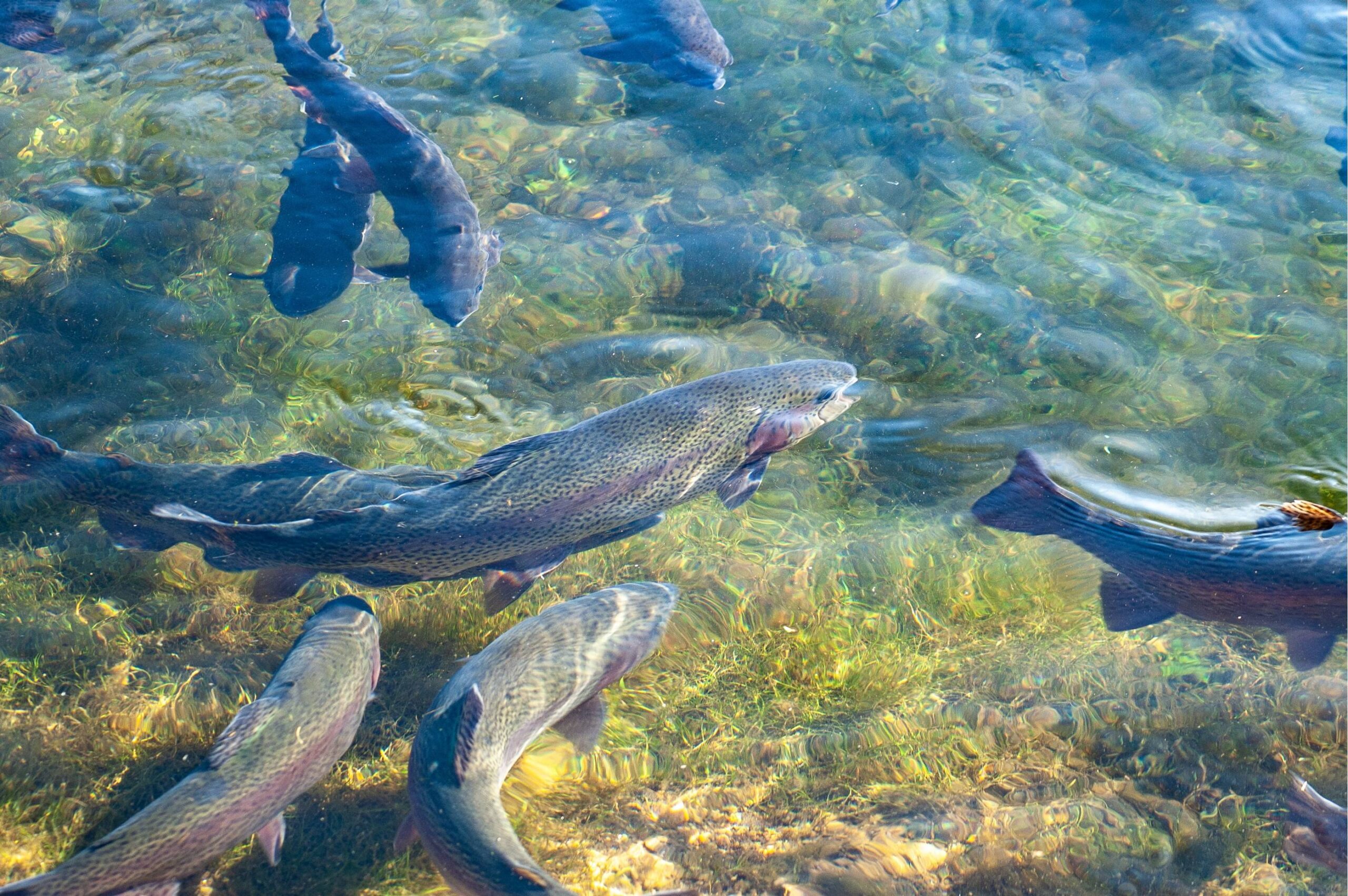

Abattoirs
A great deal of liquid waste is generated in animal processing operations which must all be treated by employing a strong primary and secondary treatment plan. Effluent from drying sheds and general wastewater created from these processes has a very high BOD count as well as high levels of nutrients, suspended solids and bacterial contamination.
A few pond systems are commonly used in this second treatment phase for effluents:
- Anaerobic ponds
- Facultative Ponds
- Aerated ponds
- Dissolved Air Floatation cells (DAF)
- Other package treatment plants
Bio-Diesel
More information coming soon.
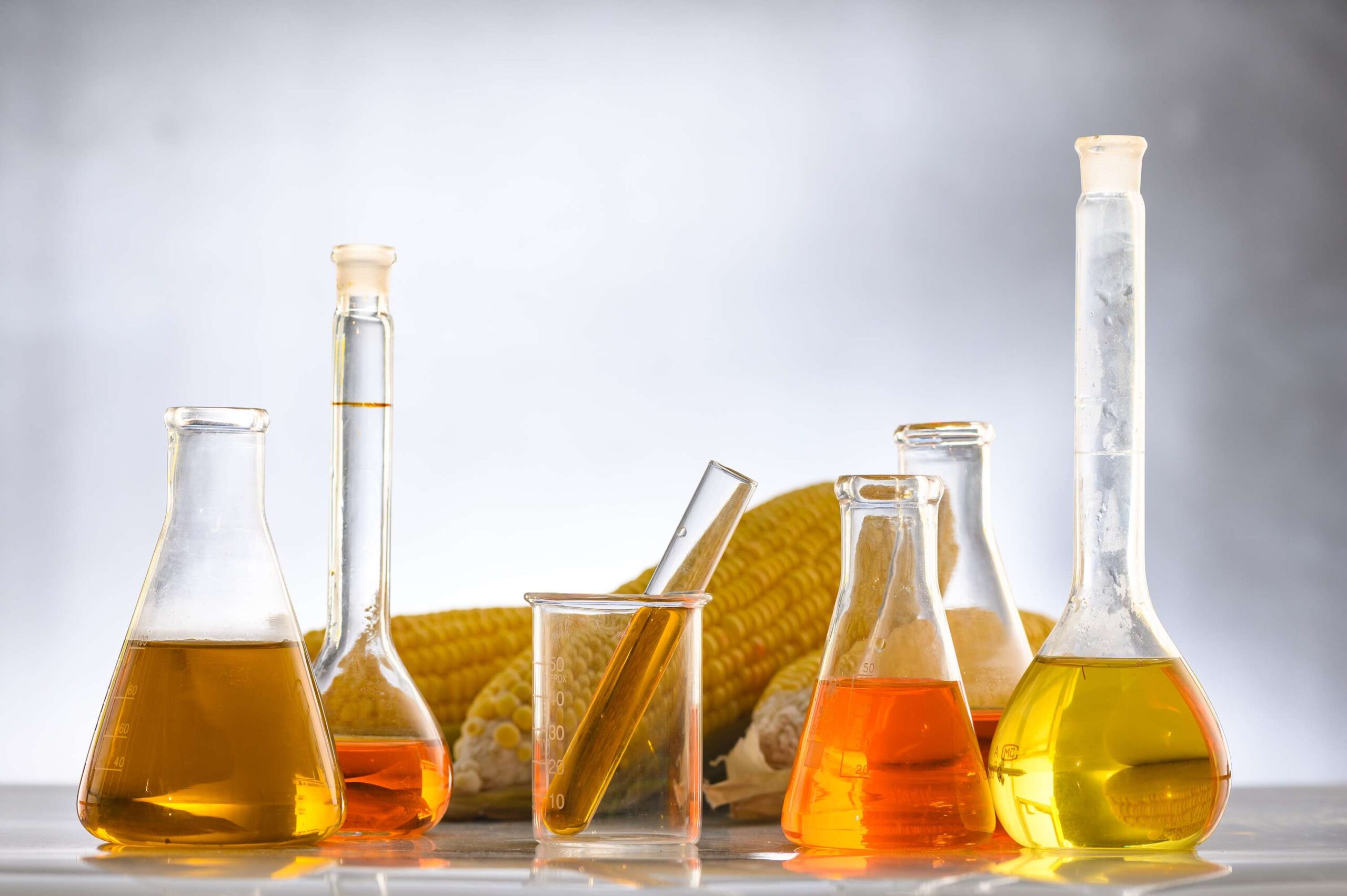

Dam Construction
More information coming soon.
Mining
More information coming soon.
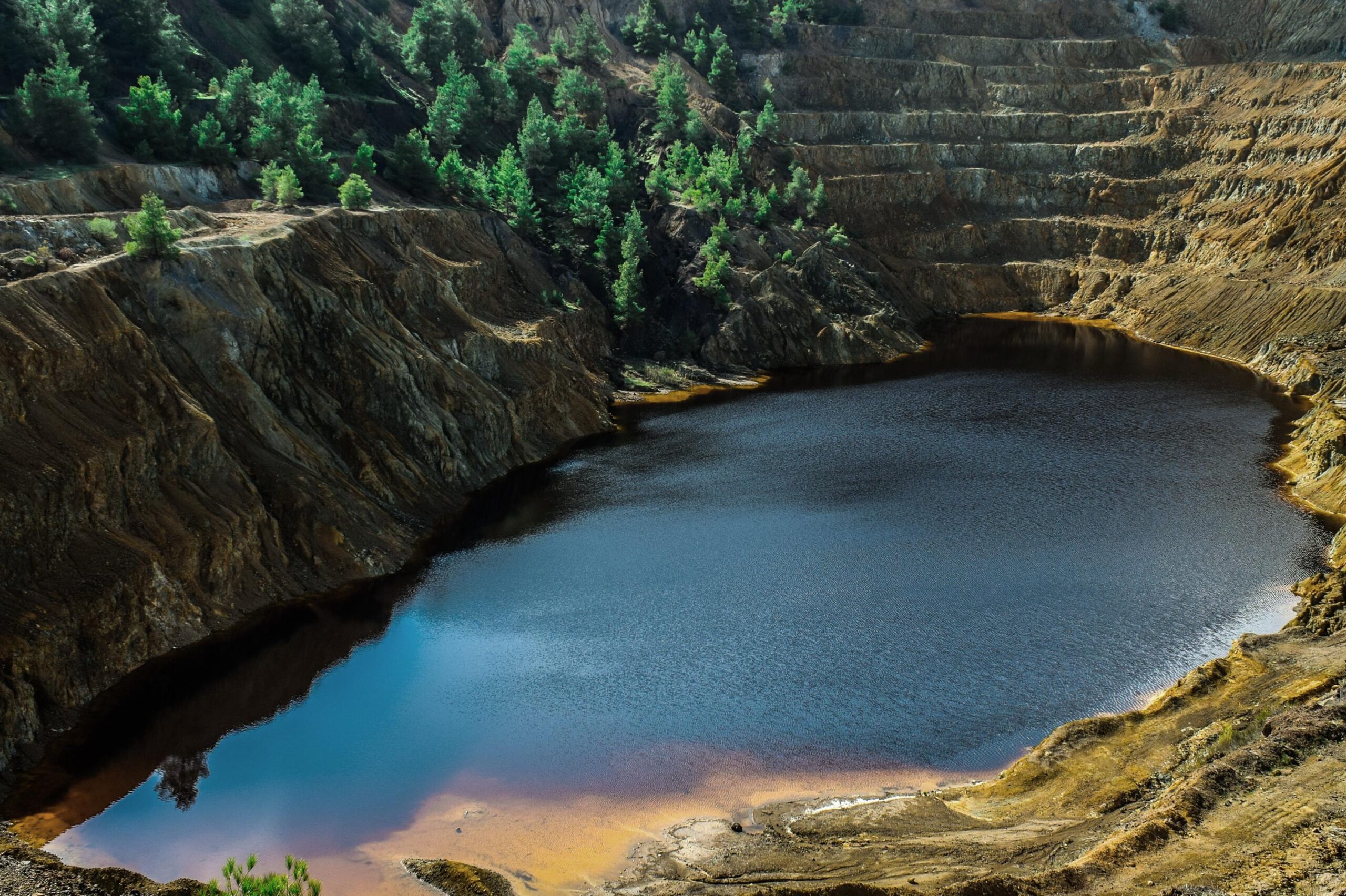
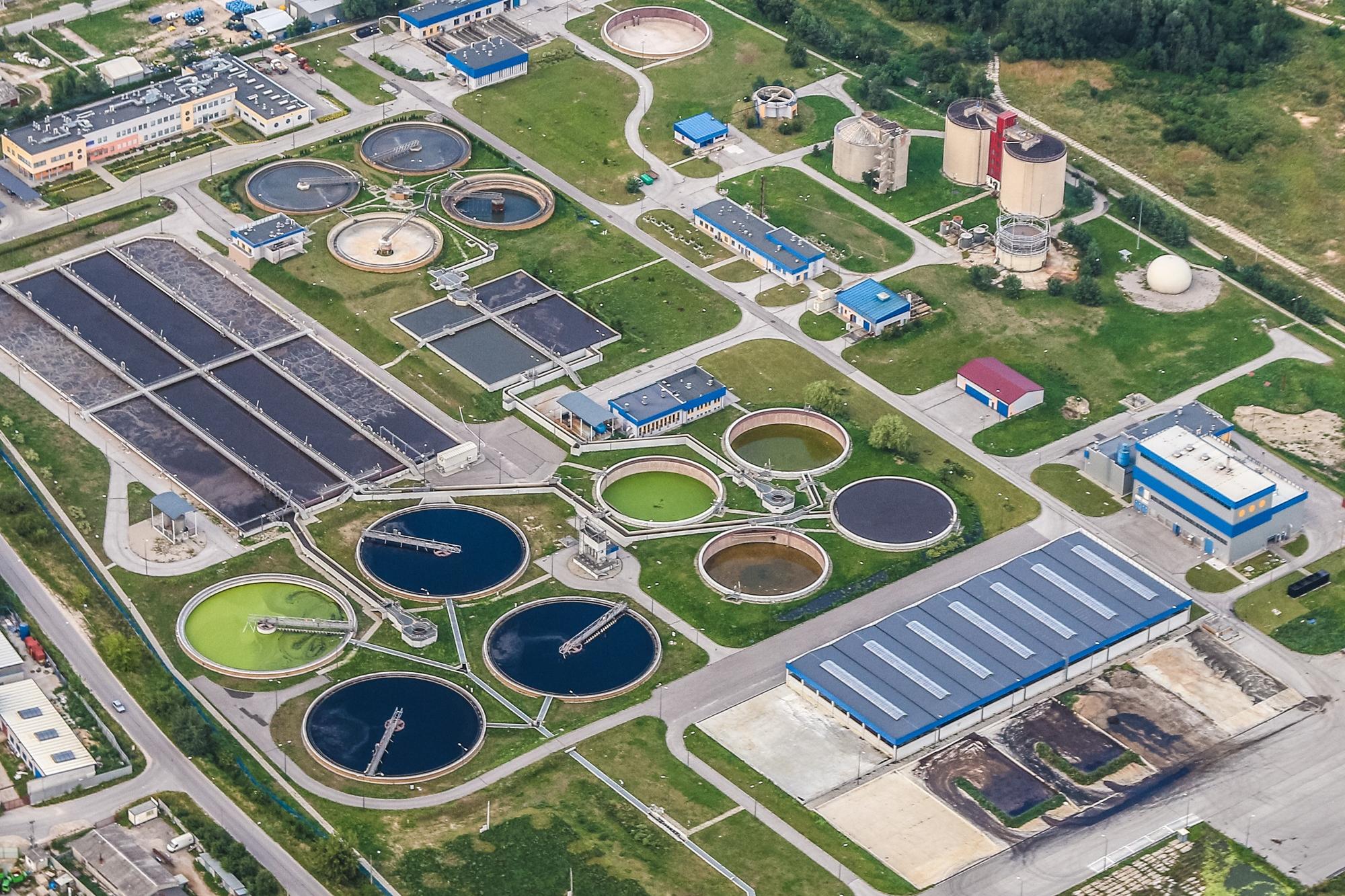
Municipal Wastewater
More information coming soon.
Paper / Pulp Mills
More information coming soon.
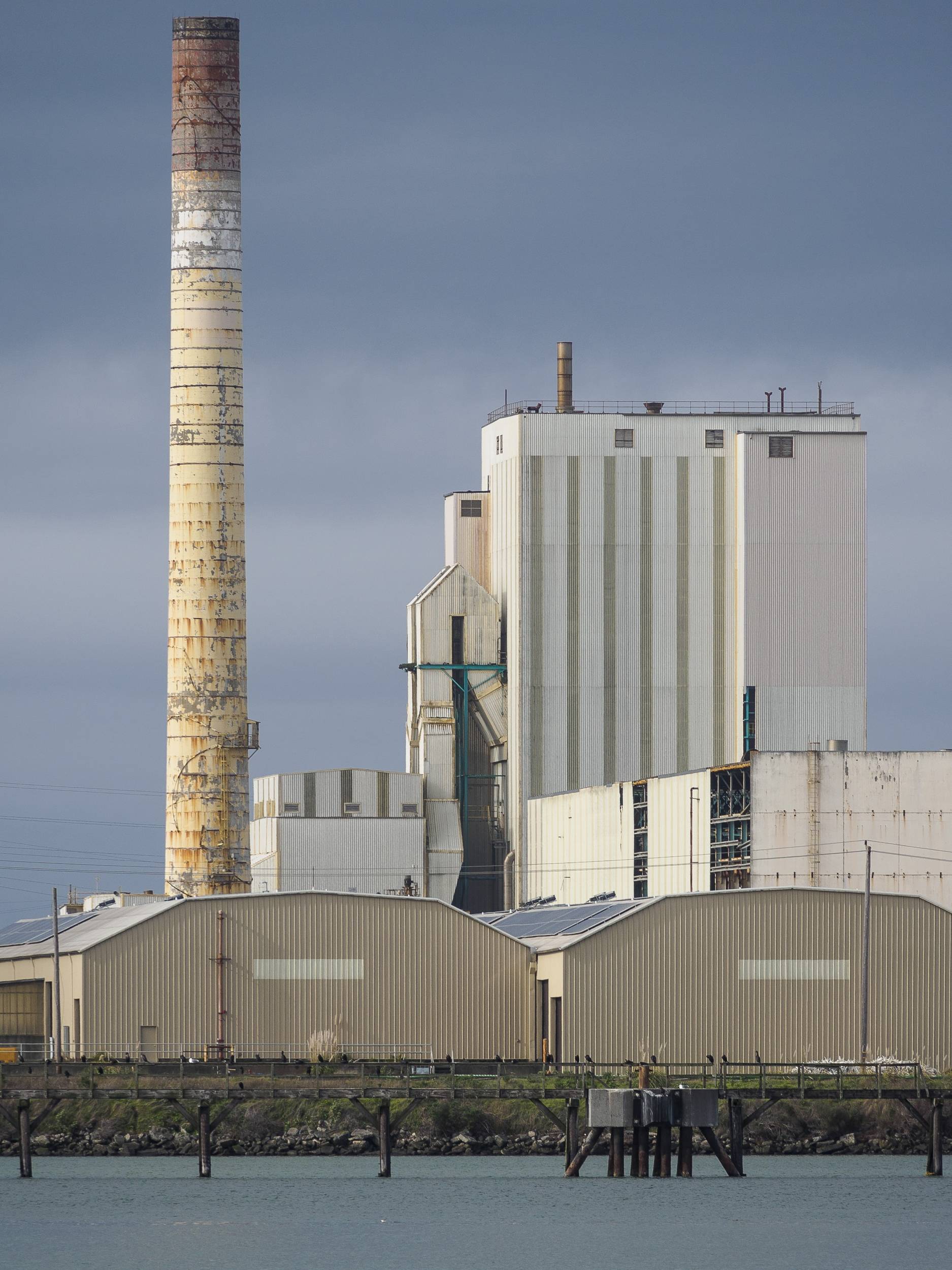
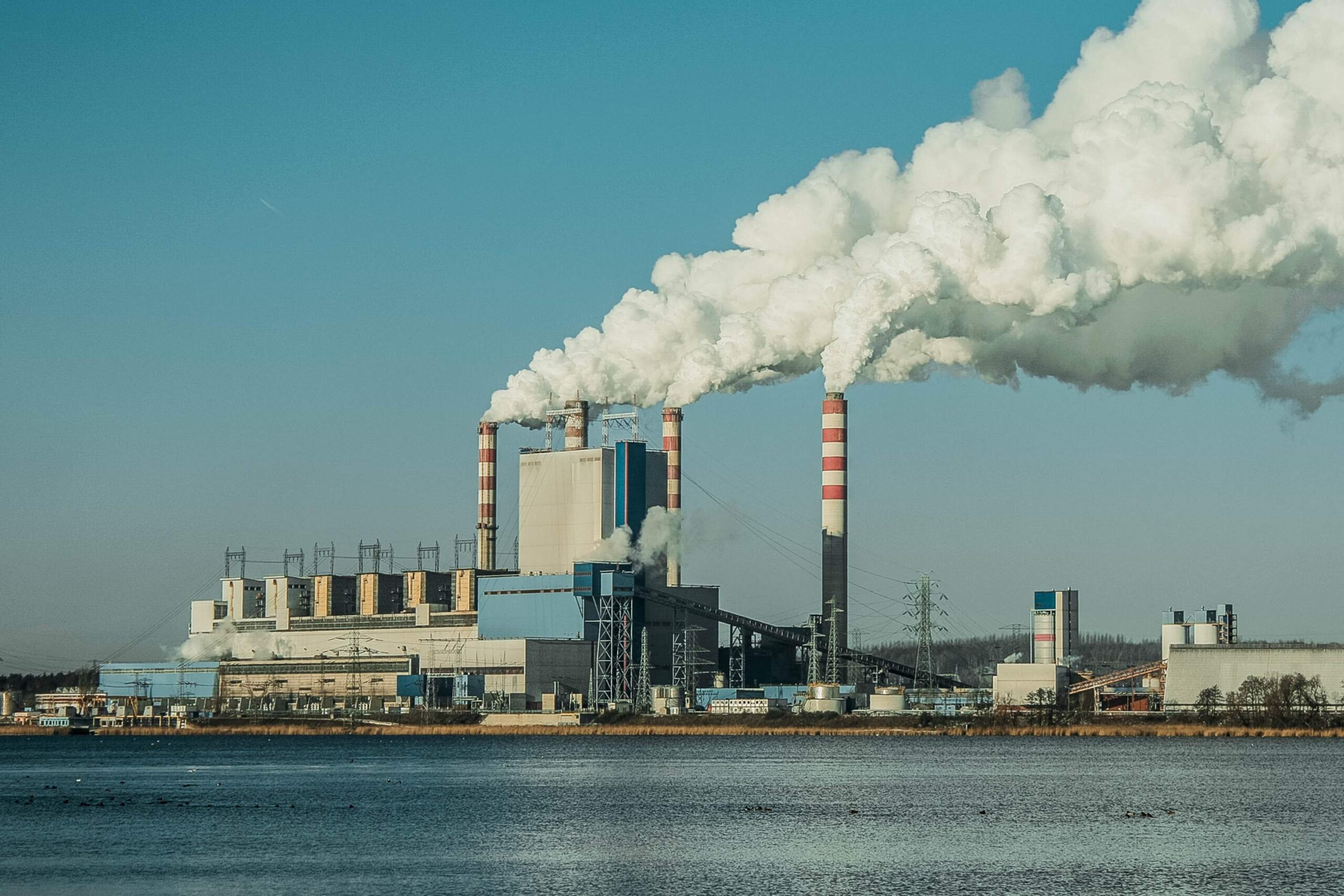
Power Generation
More information coming soon.
Recreational Lakes
More information coming soon.
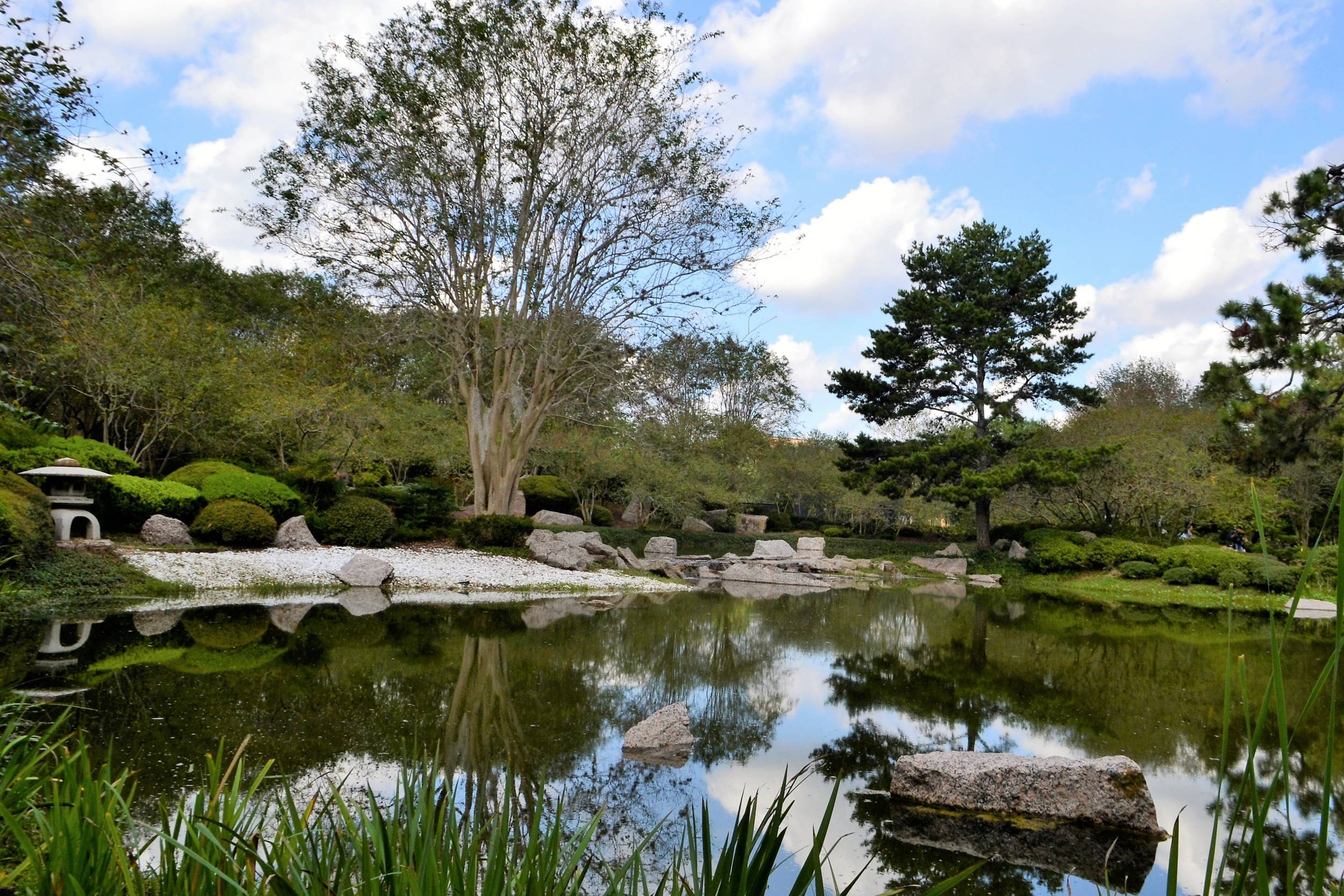
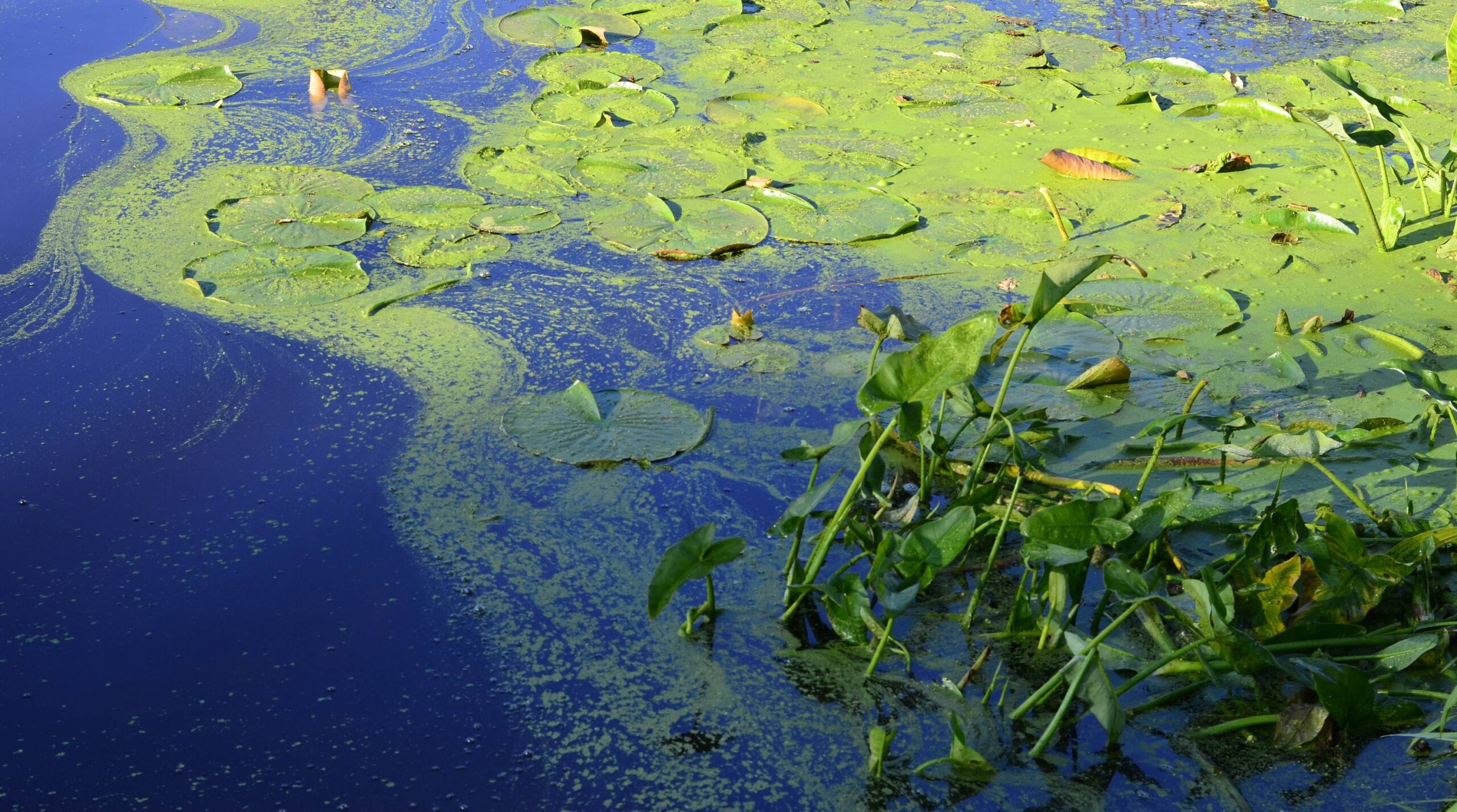
Water Reservoirs and Tanks
More information coming soon.
Wetlands and Stormwater Management
More information coming soon.
